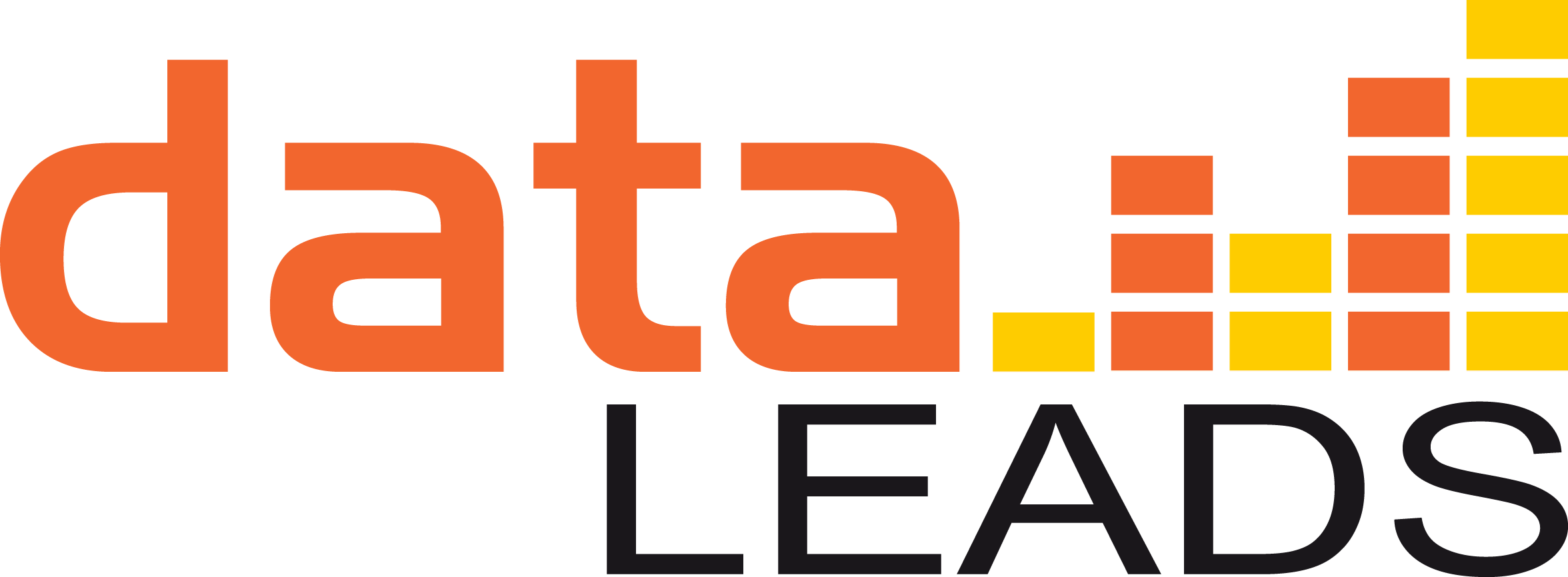Media Consumption
Of all four media sectors, print has the longest history in India, with the first paper being published in 1780. Radio came second, in 1924. India saw its first television broadcast in September 1959, more than a decade after gaining independence. For generations fed on newspapers and radio, television was a huge milestone in communication, albeit remained under state control until the early nineties under Prasar Bharti (Doordarshan and All India Radio).
It was during the Gulf war in 1991, three decades later, that India got its first taste of foreign news television. For a nation that was consuming just the fare from Doordarshan shows, this was a watershed moment. In 1991, liberalization and the opening up of the Indian economy spawned more satellite channels like STAR (Satellite Television Asian Region) TV and Zee TV, India’s first Hindi satellite channel. These developments changed the way television was consumed by the Indians, forever. For the first time, Indians were able to watch content produced by private players that came across in stark contrast with what Doordarshan had to offer. Competition, at that point, turned the television into being more diverse, engaging and entertaining with new show formats, colourful new anchors and literally, a whole new world of entertainment.
Fast forward to 2018 and the media consumption landscape has changed unrecognisably in India. With a deluge of smartphones flooding the market, competitively priced data packages and the ever-increasing internet speed and bandwidth, media today is in virtually everyone’s hands, literally. This phenomenon, in no small measure, is because of affordable mobile data plans called Jio, offered by the mobile network operator Reliance. Urban India took to Jio more than rural India, with the teledensity – number of connections for every hundred individuals residing in a geographical area – going up from 152% to 170% in urban areas, but only 2% in rural India, according to the Telcom Regulatory Authority of India (TRAI) data for the period before and after launch of Jio. The Government of India, through its Digital India initiative, has plans to address this rural-urban mismatch. Sensing that it is the lack of connectivity in the rural areas that could be the reason for this skewed proportions, the Government now plans to provide 1 GBPS (gigabyte per second) connectivity by the year 2020 to all Gram Panchayats (village-level administrative units), and increase it to 10 GBPS by the year 2022.
Digital media consumption is growing at a mind boggling rate. A Boston Consulting Group-BCG report says that India already has 250 million digital screens, including smartphones, tablets, laptops and desktops – a number that’s more than the combined number of TV screens and movie screens. However, as far as video consumption is concerned, traditional TV video is consumed by 82% people while only 18% consume digital video, according to another Boston Consulting Group report. That scenario though, could be changing. India is rapidly moving away from consuming content through traditional media – like television and radio, and gravitating towards digital media – including their smart phones, web channels and even paid streaming and on-demand (OTT – Over The Top) outlets. Audio and video lead the way in generating online traffic and look well placed to increase their share given the sustained enhancing of internet speeds, increased penetration and an array of choices in service providers. A Deloitte India report says wireless networks will convert 750 million new users, who have hitherto never used internet. The report also indicates that 90% of all mobile subscribers would consist of broadband users by the year 2023. This is a significant number and points to the fact that media consumption online through mobile phones will lead the way in future.
Here are some interesting numbers that tell a story. According to a Deloitte Report, “Digital Media: Rise of On-demand Content”, users in India connected to the Internet spend, on an average, 14% of his or her time and a share of 17% of money on entertainment per month. Between 2012 and 2014, an internet user ‘s combined financial spending on mobile and entertainment went up by 34%. Spending per month by users on digital media especially entertainment is expected to grow by 2.5 times by 2020. An interesting sidelight to media consumption through mobile is the fact that online media consumption is now increasing in regional languages in India. A 2017 study by KPMG and Google in India states that the rate at which the Indian languages subscriptions grew between 2011 and 2016 was 41% CAGR (Compounded Annual Growth Rate). In the five years between 2011 and 2016, Indians who preferred consuming media in their own language rose from 42 million to 234 million. The number of English internet users at the end of 2016 stood at 175 million.
Today, an average mobile web user consumes about a staggering 6.2 hours of media daily including about half of it online with 102 minutes of mobile media and 79 minutes of desktop media consumption. According to an Indian Market Research Bureau Report, 92% of rural India uses mobile phones to access internet, while only 77% urban users access the internet through mobile phones. 17% of urban India uses laptops and desktops to access internet, while only 7 percent of rural India users use laptop or desktops for accessing internet. The same report also states that 69% of urban users in India use the internet for online communication, 68% for social networking, 50% for entertainment, 34% for online shopping, and 27% for online services. Whereas, entertainment tops the rural India viewing patterns at 39%, 34% for social networking, 31% for communication and 12% for online ticketing.
A very recent and hugely successful trend is the arrival of OTT – Over The Top – streaming market that beam traditional television content directly to smartphones via their own customized app. According to data from Indian mobile advertising company, Jana – for the first quarter of 2018, Hotstar, the content streaming platform of Star India, is India’s most popular OTT video streaming platform, going by the number of apps installed. Hotstar leads the way with 70% of video streaming downloads, followed by SonyLIV at 13%, Viacom 18’s VOOT with 11%, Amazon Prime Video at 5% share and Netflix at 1.4%.
But does the explosion of online media consumption threaten the traditional media of newspapers and television? A research study by Journal of Socialomics confirms that while the trend for online news consumption is high among the younger generation, the older generation still prefers the traditional newspapers for their daily news consumption. As for television, a recent Broadcast India Survey says that the number of TV homes in India is on the rise with 183 million in 2016.
Be that as it may, the imminent boom in online media consumption is an undeniable fact. From humble beginnings of one state operated broadcaster, India today is a buzzing market for audio and video content consumption. Private mobile operators have made data affordable and accessible. This, along with ever improving bandwidth and internet speed, makes India a great marketplace for varied media consumption.
Sources
Internet in India –2016 An IAMAI & KANTAR IMRB Report
Retrieved from best media info on 23 May 2019
One Consumer, Many Interactions - Indian Media House of the Future (December 2018)
Retrieved from Boston Consulting Group on 23 May 2019
Media & Entertainment: The Nucleus of India’s Creative Economy
Retrieved from The Boston Consulting Group on 23 May 2019
Is Print Readers Declining? A Survey of Indian Online Newspaper Readers
Retrieved from Journal of Socialomics on 23 May 2019




